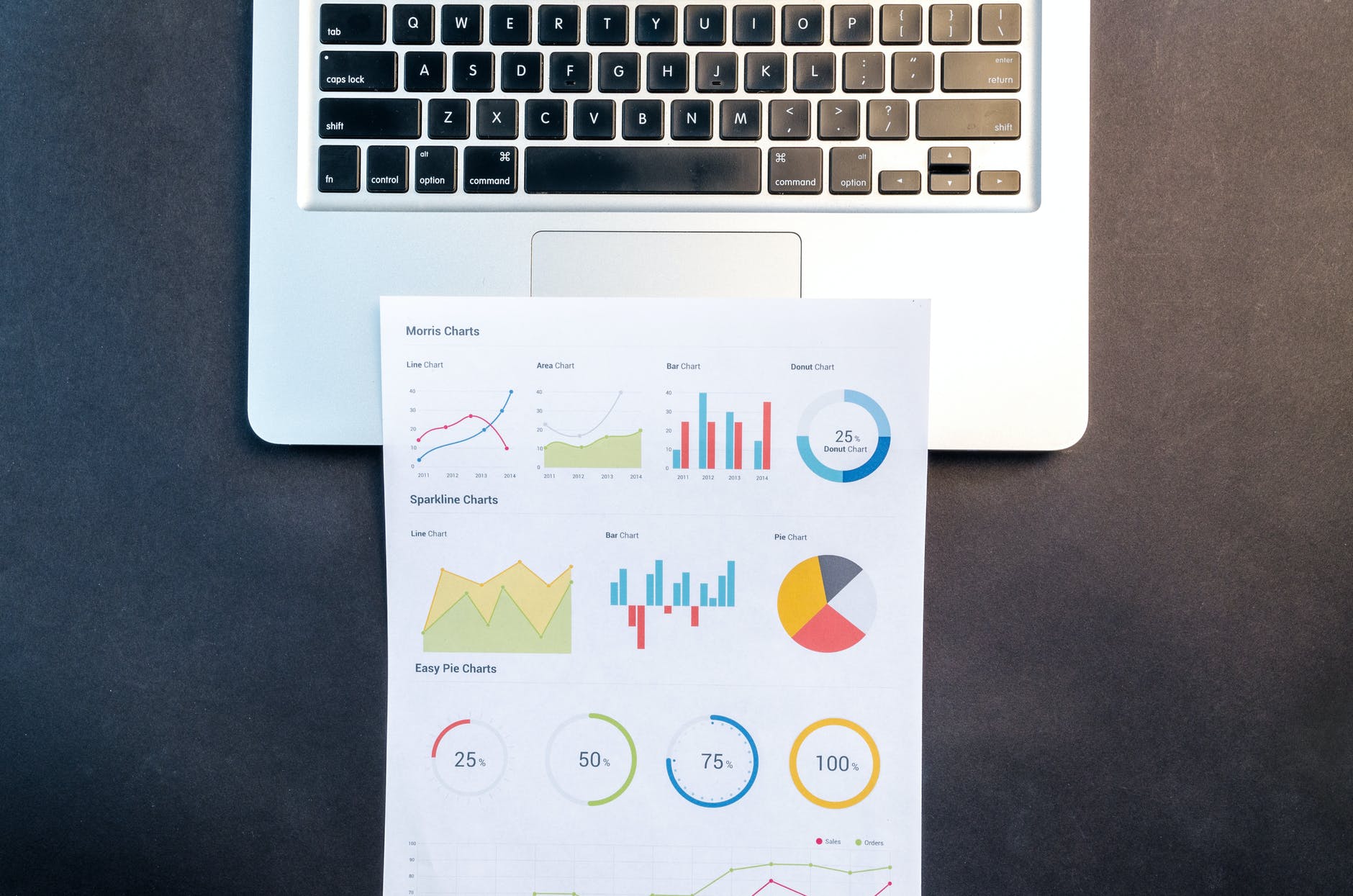AI and machine learning have made leaps and bounds through the years, and it has shown great promise in the realm of business, helping organizations collect data about customer sentiment and behavior.
In today’s data-driven world, data analytics is arguably the most important tool a business could have if it wants to truly understand its customers.
As with AI and machine learning, analytics has changed a lot through time and is now more geared toward getting prescriptive data than descriptive data. The IDC predicts rapid growth in the big data and business analytics solutions market, with an expected global revenue of $274.3 billion in 2022.
Data analytics and AI go hand in hand when it comes to enabling data for business because AI and machine learning help automate the collection and analysis of customer data. For small businesses, in-memory data grids are an ideal solution because of its easy scalability and focus on fast data processing.
It’s a great starting point for those that don’t yet have a data analytics platform in place, and it’s also a platform that can help drive digital transformation for those that are planning to modernize their current systems.
Bridging the Gap Between Big Data and Small Businesses

Before diving into how analytics can help boost business, it’s vital to know the difference between the types of analytics.
1# Descriptive Analytics
This deals with data that provides information about past events or projects in your organization and how they performed. Examples include data for website traffic, marketing campaign metrics, and sales reports.
2# Predictive analytics
As the name suggests, this handles data that provides information about what will happen in your organization.
This is where AI and machine learning come in; by analyzing current and historical data, AI algorithms can help determine the most probable result of a project or marketing campaign.
Through predictive analytics, you can gain insight on what approach or strategy is likely to succeed.
3# Prescriptive analytics
This deals with data that provides not only information about what will happen, but also what could happen if the organization had taken a different approach. It shows how things could have been done better to ensure success.
More than providing information and predicting future events, prescriptive analytics makes recommendations on how you can optimize processes or make services more efficient.
The different types of analytics all play an important role in how businesses manage data, but prescriptive analytics is the most useful for small businesses trying to boost performance and address inefficiencies.
Typically, a business starts with descriptive analytics as it gathers data about its customers—determining who the appropriate target audience is for specific campaigns. There are s number of factors to consider when designing a marketing campaign, including age, gender, and location.
– Descriptive Analytics
Descriptive analytics helps provide a demographic to companies, but it isn’t the most efficient. A lot of assumptions still have to be made, and the results don’t really show why a campaign was a success or not.
– Predictive Analytics
Predictive analytics take one step further by employing AI and machine learning algorithms to analyze data so that companies know what products to offer to what people to maximize results. It can even recommend the time of day to reach out to customers and what medium to use.
Analyzing historical data also helps algorithms to find patterns of behavior and use it as leverage in predicting what customers will do next. However, predictive analytics still provides data that is descriptive in nature. It doesn’t recommend next steps or tell you which campaigns to stick to and which to stop.
This is where prescriptive analytics can push small businesses forward. While predictive analytics teaches a business to run, prescriptive analytics teaches it to run. It can be categorized into three main forms: guided marketing, guided selling, and guided pricing.
Even with minimal human intervention and customer interaction, prescriptive analytics can make recommendations for both the customer and you; it can guide customers in their journey by making product suggestions and highlighting offers that suit their profiles, while also making recommendations to the business on the right content to use, when to use it, and how to use it in targeting the right customers.
Accomplishing What You Set Out to Do
While prescriptive analytics may seem like the best choice for every business, it’s vital to ask yourself what you want to accomplish so you know what to use in your company.
Small and medium-size enterprises might just require simple algorithms to gather customer data or purchasing history. It depends on where the business is in its own journey.
Think of it as a cycle; you start with descriptive analytics to know who your customers are, you follow it up with predictive analytics to determine what would likely happen based on the data, and finally, you use prescriptive analytics to delineate next steps and what other actions need to be done based on the data.
Analytics is not all about conversions, but also increasing operational efficiency, time savings and minimizing costs. In the journey of every business, big or small, it’s vital to ask the most basic of questions: What do you want to accomplish?
Resources:
- How to Effectively Manage Your Customer Data
- How to Create an Effective Data-Driven Marketing Strategy
- Big Data: 4 Future Trends That Will Affect The Economy
Author Bio: Edward is a freelance AI and Big Data consultant. He specializes in finding the best technical solution for companies to manage their data and produce meaningful insights.
















